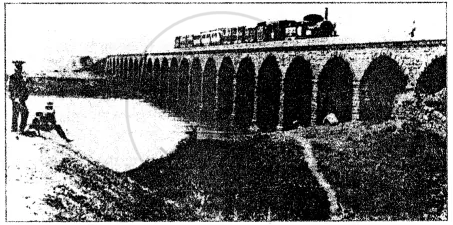Advertisements
Advertisements
प्रश्न
State whether the following is true or false:
The Indian peasants were satisfied with the Company’s revenue collection methods.
विकल्प
True
False
उत्तर
False
संबंधित प्रश्न
Fill in the blank:
A large share of revenue collected by the Company in India had to be paid to the British government as ___________.
Choose the correct answer:
The Treaty of ________ granted the English East India Company the right to collect revenue from Bihar, Bengal, and Orissa.
Answer the following question briefly:
In the context of Permanent Settlement of Bengal answer the following:
Explain the special features of the Permanent Settlement.
Fill in the blanks:
The British domination of India brought many changes in the __________, __________ and _________ life of India.
Fill in the blank:
The Indian villages were ____________ communities before the coming of the British.
Fill in the blank:
The British charged revenue in _________ instead of kind.
Match the contents of Column A and Column B:
| Column A | Column B |
| 1. Ijaradari system | (a) Introduced by Lord Cornwallis |
| 2. Cotton, jute, poppy, sugarcane | (b) Linked with ports to make trade easier |
| 3. Ryotwari system | (c) First train from Mumbai to Thane |
| 4. permanent Settlement | (d) Calcutta linked to coalfields |
| 5. 1854 | (e) A new middle class |
| 6. 1856 | (f) Collective responsibility of farmers to pay the revenue |
| 7. All major raw material producing areas | (g) Cash crops grown by farmers |
| 8. Mahalwari system | (h) Railway line joined Madras to Arakonam |
| 9. 1853 | (i) Settlement made directly with cultivators |
| 10. Zamindars | (j) Auctioning of revenue to the highest bidder for five years |
State whether the following statement is True or False:
The British rule resulted in the destruction of Indian industry, trade, and handicrafts.
State whether the following statement is True or False:
The first railway line was built during Lord Dalhousie’s time.
Look at the picture.

How did it prove to be a boon for the Indians?
